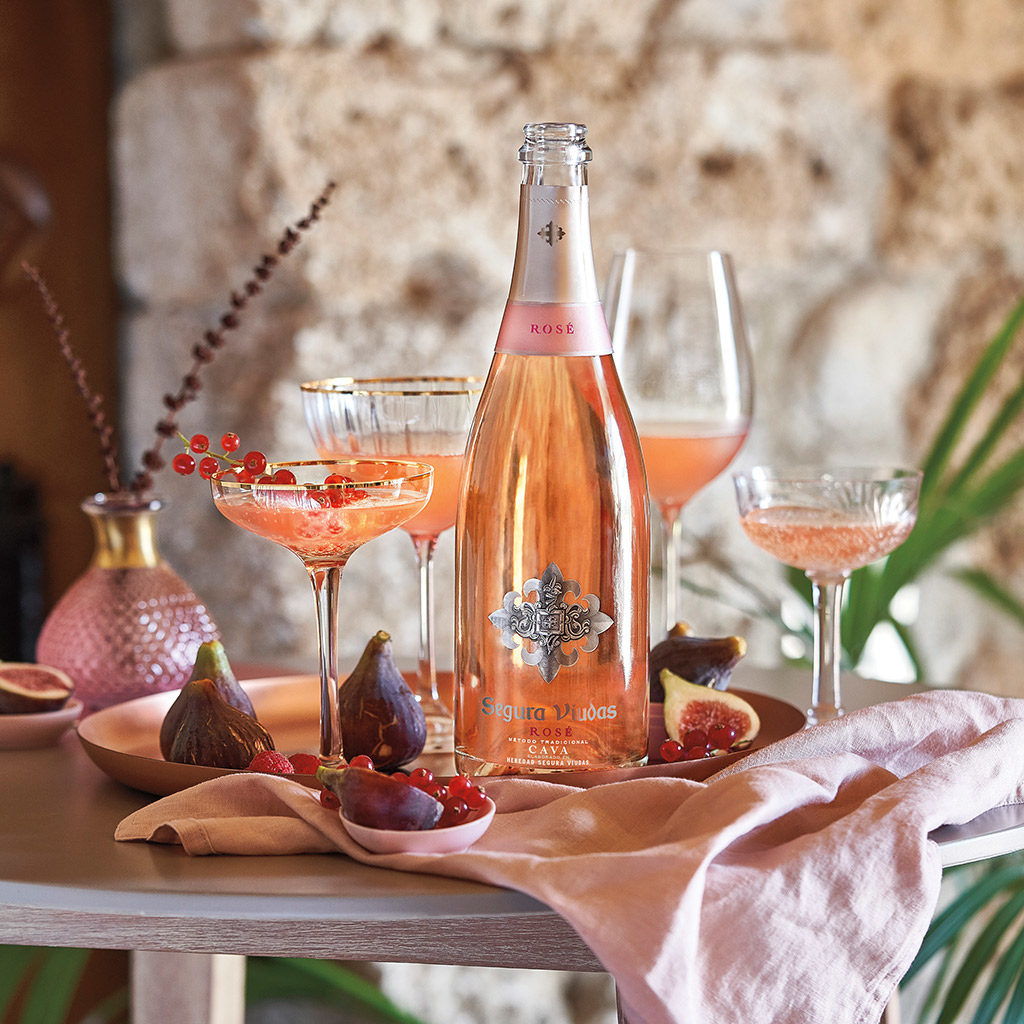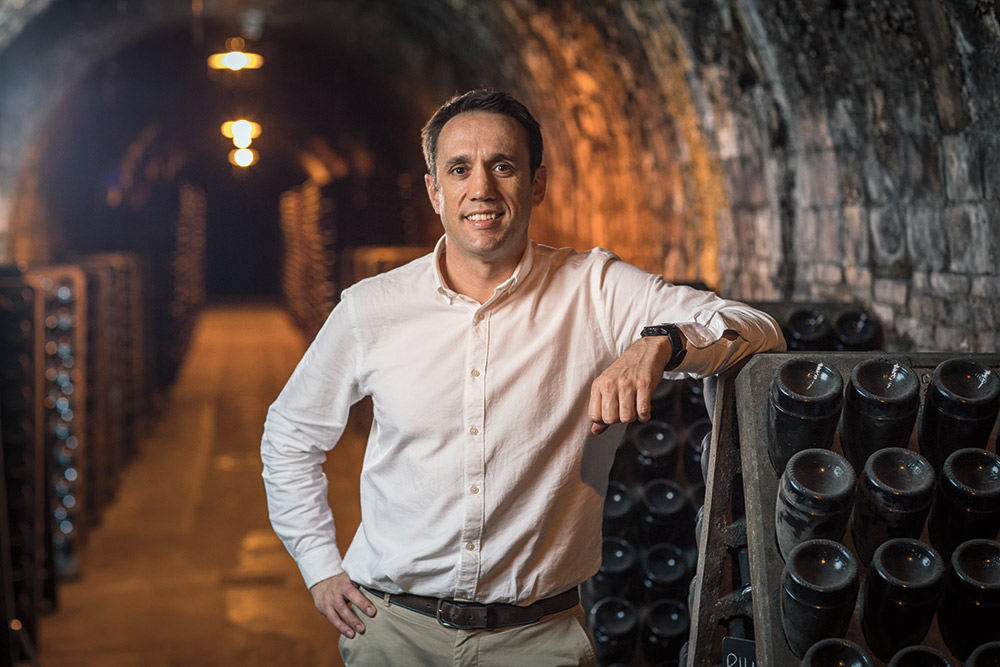Segura Viudas x S/
With over 800 years of history, the quest for excellence at Segura Viudas is one of reinvention, embracing its past while looking to the future by balancing tradition and innovation. Today, Segura Viudas is one of the most recognized and premium Cava houses in Spain with extensive winemaking expertise led by Miquel Salarich.
For Salarich, his most important duty as winemaker of Segura Viudas is to “respect the roots,” which extends deep into the soil, and to the winery’s commitment to sustainability, where they craft the exquisite fizz that’s become a fixture at every celebration, from weddings and birthdays to simply enjoying a sunny summer’s day on a patio.
We recently caught up with this top winemaker to ask him about what is new from Segura Viudas.

The bottle has a fresh new look this year—what inspired this elegant, no-label design?
“The relaunch of Segura Viudas is about connecting the brand with its authentic roots by interpreting history in a contemporary and stylish way. The new design highlights the iconic logo and offers a premium Cava for consumers who appreciate that the values of tradition and history are part of its quality and signature sparkling profile.”
Tradition is obviously a big part of the winery’s success, but Segura Viudas is also known for its innovative spirit. Can you tell us a little about that?
“Since its origin decades ago, Segura Viudas has pioneered the use of innovative winemaking practices through mechanization and the first in Spain to use pneumatic presses for our grapes. That spirit lives on today—a good example is the Brut Rosé, which is a blend made with Trepat, an indigenous grape that was almost forgotten 20 years ago. We, as well as a few other wineries, revived it, and because it has a slightly earthy note and its own personality, it brings something unique to our sparkling rosé.”

Miquel Salarich
Is Trepat responsible for the wine’s lovely light pink colour?
“The colour actually comes from a very short maceration and a very gentle handling of the grape. Ten years ago, Rosé Cava used to be much redder and more intense, but now we’re making very pale rosés here, which is more difficult because it means the maceration is shorter and the life of the wine is shorter. The result is a finer tasting profile, refreshing on the palate and an approachable balance.”
What’s the best way to enjoy the Rosé Cava?
“I always associate it with summer, and probably the perfect combination is to have it with appetizers and grilled fish, such as tuna or salmon. But if I sit in a bar just to have small things to eat, I always ask for a glass.”
It’s often said that most people drink red wine too hot and white wine too cold. Is there a perfect temperature for serving Cava?
“If it’s not that warm outside, you can serve the wine a bit warmer, say at 12 degrees, so you can taste the flavours and notes a little better. In the Mediterranean climate, in the summer, it gets very warm, so it’s important to really chill it, to under six degrees, so it doesn’t get warm in the glass. And if you’re on the beach, you need to serve it very, very chilled.”

